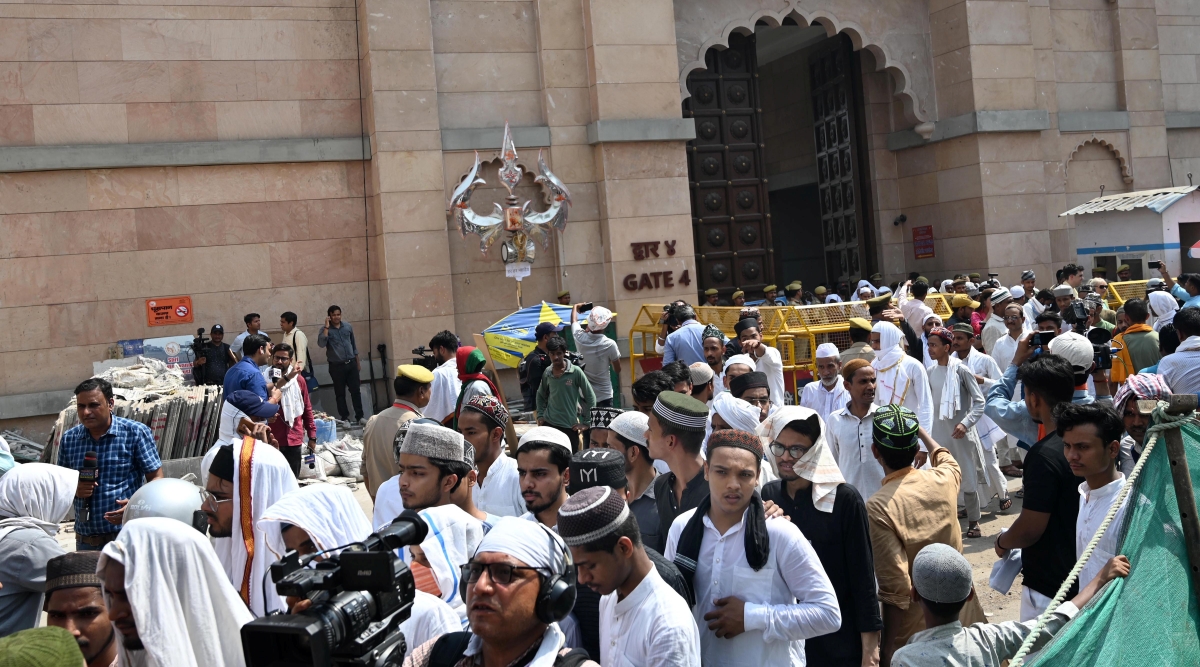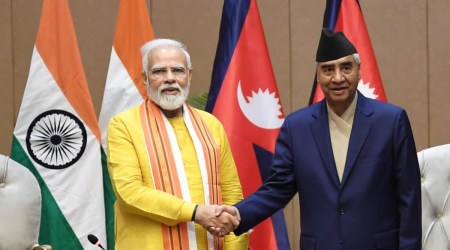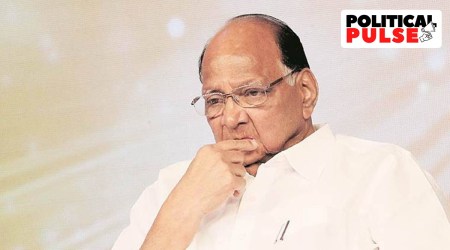In Gyanvapi mosque, an unfolding illegality
Supreme Court must step in Gyanvapi case and uphold Places of Worship Act, its own assurances in Ayodhya verdict
 Devotees leave after offering Friday prayers at Gyanvapi Masjid in Varanasi. (PTI)
Devotees leave after offering Friday prayers at Gyanvapi Masjid in Varanasi. (PTI)As the average Indian reels under fears of Covid and battles the bitter inflation, many noticed with worry and consternation that a court in Varanasi at the instance of a group of women petitioners (seeking permission to pray in the premises of the Gyanvapi Mosque) directed a survey to be conducted of the mosque, by a lawyer commissioner, one Ajay Kumar Mishra. The said directions to conduct the survey were challenged by the Anjuman Intezamia Masjid Committee, which manages the Gyanvapi mosque before the Allahabad High Court. Unfortunately, the Court upheld the order leading to the filing of a Special Leave Petition.
On Friday, mentioning this matter, the Senior Advocate appearing for the Anjuman Committee requested the Supreme Court that it stay the survey. However, the apex court declined and instead listed the matter for the coming Tuesday. In surprising haste, the Varanasi court, on May 16 has gone ahead on the basis of submissions made by the Court Commissioner that a Shiva Linga was found in a portion of the mosque, to seal that portion. One would have expected — as is normally the case in civil suits — that the trial court stays its hand and does not precipitate the matter further while the Supreme Court is seized of it. The haste of the trial court was accompanied by statements made by the judge concerning his own safety, which in itself raises concerns around judicial independence.
The Places of Worship (Special Provisions) Act 1991 declares under Section 4 that the religious character of a place of worship existing on the 15th day of August 1947, shall continue to be the same as it existed on that day. It further provides that any suit or proceeding filed with respect to the conversion of the religious character of any place of worship existing on August 15, 1947, is not maintainable and if pending, would abate. The only exception created to this rule is the Ram Janmabhoomi-Babri Masjid dispute.
On December 6, 1992, anti-social elements defied the rule of law and brought down an Archaeological Survey of India-recognised monument, popularly known as the Babri Masjid. The demolition of the Babri Masjid was held to be an act of criminal conspiracy by the Supreme Court in State through CBI vs. Kalyan Singh and Others [2017 (7) SCC 444]. The demolition was followed by communal riots that spread across the country leading to the death of many innocent citizens on account of the communally-charged atmosphere. Unfortunately, despite extensive video coverage of this criminal act, the trial court failed to convict the ring leaders on the ground of lack of evidence.
Best of Express Premium
The civil dispute over the ownership of the property between the Sunni Waqf Board, the Nirmohi Akhara and the faction on behalf of Ram Lalla was put to rest by the Supreme Court in M. Siddiq vs. Mahant Suresh Das and others [(2020) 1 SCC 1]. The proceedings of the Court were watched by citizens in the hope that the constitutional morality would prevail over any emotive and sentimental considerations. However, the Constitutional Bench exercised Article 142 jurisdiction and chose to decide this dispute in a manner that appeared to appease the majoritarian sentiment: Despite not finding any archaeological evidence that the structure below the mosque was a Hindu temple, the Court decided to give the disputed land to the Hindu petitioners describing them generically as Hindus. The description and discussion of the parties in this dispute as Hindus vs. Muslims discounted the reality that 70 per cent of Indians had no voice, whether through referendum or otherwise, to offer an opinion on the dispute.
The Supreme Court defended its judgment calling it a “peace judgment”; that this long-festering dispute once put to an end in favour of the majority would buy long-term peace. This hope was also discernible from their observation that all other instances of a dispute over the historic character of the monument would be strictly governed by the Places of Worship (Special Provisions) Act, 1991 and would not be entertained.
The optimism demonstrated by the Supreme Court in this was not shared by most jurists. The judgment was widely critiqued as an act of appeasement to the majoritarian sentiment which, though not subscribed to necessarily by most Hindus, was the sentiment of a certain ideological group. The judgment was also found to be contrary to settled principles of civil law and constitutional morality. The sceptics feared that emboldened by this appeasement, the Hindu right-wing would further its divisive agenda, despite thin evidence to justify its rhetoric. The slogan “Ayodhya toh jhaanki hai, Kashi Mathura baaki hai” began to do the rounds.
Wiser in hindsight, one hopes that the Supreme Court will put a firm end to the Gyanvapi Mosque suit filed in Varanasi and quash this completely illegal survey by Court Commissioners. The Places of Worship (Special Provisions) Act, 1991 firmly prohibits any such suit or survey and it is time that the Supreme Court enforces peace by the rule of law and not by appeasement of a particular ideological group or sentiment that may currently be in the majority.
The writer is a Delhi-based lawyer






